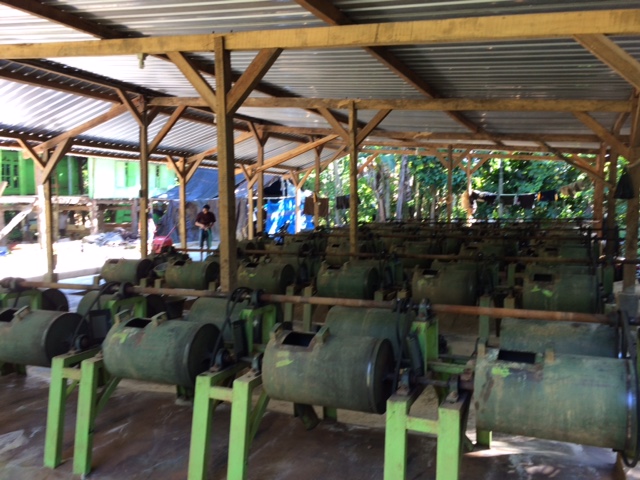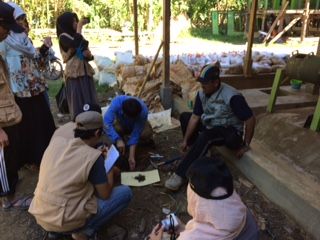- Project Leader : Takahi Sachiko (Akita University, Faculty of Education and Human Studies)
- Collaborators : Okamoto Masaaki (Kyoto University, Center for Southeast Asian Studies)
- : Hamada Fumio (Akita Prefectural University)
- : Ueda Haruhiko (Akita University, Faculty of Education and Human Studies)
- : Oh Kokyo (Center for Environmental Science in Saitama, National Science)
- : Irfan D. Prijambada (Gadjah Mada University, Faculty of Agriculture)
- : Himawan Tori Bayu Murti Petrus (Gadjah Mada University, Faculty of Engineering)
- : Rustamaji MD, M. Kes (Gadjah Mada University, Faculty of Medical Science)
Outline of Research
This research aims to prevent mercury damage during artisanal gold mining in order to form a sustainable community. In order for local people to live a safe and secure life, it is necessary to avoid environmental pollution and health damage caused by mercury. First, we will investigate health hazards of infants by mercury at local clinics and general hospitals, and consider measures to prevent the spread of health damage caused by mercury.
Second, we will research gold mining methods that do not use mercury and methods of purifying and recovering contaminated natural environments by phytoremediation.
Description
The background of this research is the partnership of the Minamata Convention on Mercury and the Global Environmental Facility (GEF), which provides support for the implementation of treaties in developing countries aimed at risk management during the entire life cycle of mercury.
In particular, the Asia-Pacific Mercury Monitoring Network (APMMN) and the Moya Initiative for Networking Assessment and Strengthening (MINAS) supports GEF in Asian developing countries.
In accordance with the MINAS, this research focuses on mercury problems occurring in many areas of Indonesia, and will research the reduction of mercury use, avoidance of health damage, and recovery of contaminated environments.
The purposes of this research are as follows: 1) To avoid health hazards from mercury to residents of artisanal gold mining sites, 2) To develop a method of gold mining without using mercury, 3) To purify and recover environmental resources contaminated with mercury, and 4) To build a system for safe and secure living.
According to the Report of the United Nations Environment Program, the amount of mercury emissions into the atmosphere in the world was estimated at 1921t in 2011. Mercury emitted from artisanal gold mining accounts for 37% of total mercury emissions. Of the total amount of mercury used, 75% is in the amalgam used in artisanal gold mining methods in developing countries; the remaining 25% is contained in wastewater and mine tailings. This research will contribute to reducing mercury emissions during artisanal gold mining by developing and operating a gold extraction method that does not use mercury.
The results expected from this research are as follows:
1) To avoid health damage caused by mercury through measures developed during research. In recent years, it is estimated that the birth rate of abnormal infants in gold mining areas is 5% and will continue to increase. Decreasing the potential for health damage to fetuses may also reduce the number of abortions.
2) To implement technical measures for the recovery of mercury contaminants; to remove and recover soil, wastewater, and mine tailings contaminated with mercury through phytoremediation based on the principle of “Low Cost, Low Technology, Low Risk”
Finally, it is hoped that this project will contribute to building a safe and secure life in mining site areas.
 Artisanal and Small Scale Gold Mining: Golondon |
 Field survey: sampling of soil |
